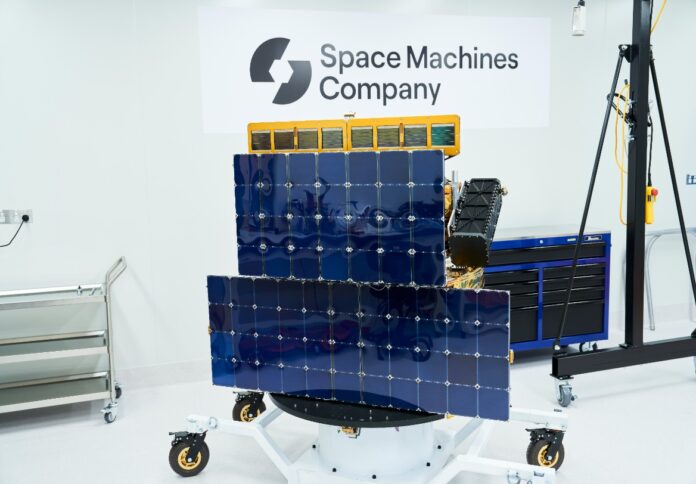
Australia’s national science agency CSIRO has launched state-of-the-art printed flexible solar cell technology into space aboard the country’s largest private satellite, Optimus-1, as part of Space X’s Transporter-10 mission.
CSIRO’s venture into space aims to explore the potential of printed flexible solar cells as a reliable energy source for future space initiatives, the agency said in a media release.
Collaborating with Australian space transportation provider, Space Machines Company, the agency said it seeks to revolutionise spacecraft power systems.
Dr Kimberley Clayfield, CSIRO Space Program director, emphasised the significance of lightweight, high-efficiency power systems in spacecraft development.
“If the space flight test reveals similar performance as we’ve shown in the lab, this technology offers significant advantages over traditional silicon-based solar,” she noted.
Dr Clayfield added, “Yet another example of CSIRO’s terrestrial expertise being applied to solve challenges in the space domain.”
The technology, which utilises perovskite – an advanced material highly efficient in converting sunlight into energy – has demonstrated remarkable performance in laboratory settings.
Dr Anthony Chesman, CSIRO Renewable Energy Systems Group leader, explained that eight mini-modules of CSIRO’s printed flexible solar cells were affixed to the surface of Space Machines Company’s Optimus-1 satellite for the pioneering spaceflight test.
“CSIRO researchers have been working for many years to improve our solar cell performance using perovskite – an advanced material that is highly efficient in converting sunlight into energy,” Dr Chesman said.
Rajat Kulshrestha, CEO of Space Machines Company, lauded the collaboration, envisioning transformative possibilities for spacecraft power systems and future space missions.
Furthermore, Dr Chesman underscored the importance of in situ testing to evaluate the performance of perovskite cells in space conditions.
He expressed confidence in the cells’ ability to withstand cosmic radiation and outperform traditional cells, particularly under non-optimal sunlight angles.
Dr Chesman also highlighted the potential for Australian technology to contribute to global space exploration efforts, signalling opportunities for Australian manufacturing.
CSIRO’s research on printed flexible solar cells in space is documented in a recent paper in ACS Applied Energy Materials, offering valuable insights into the practical application of this groundbreaking technology.




















